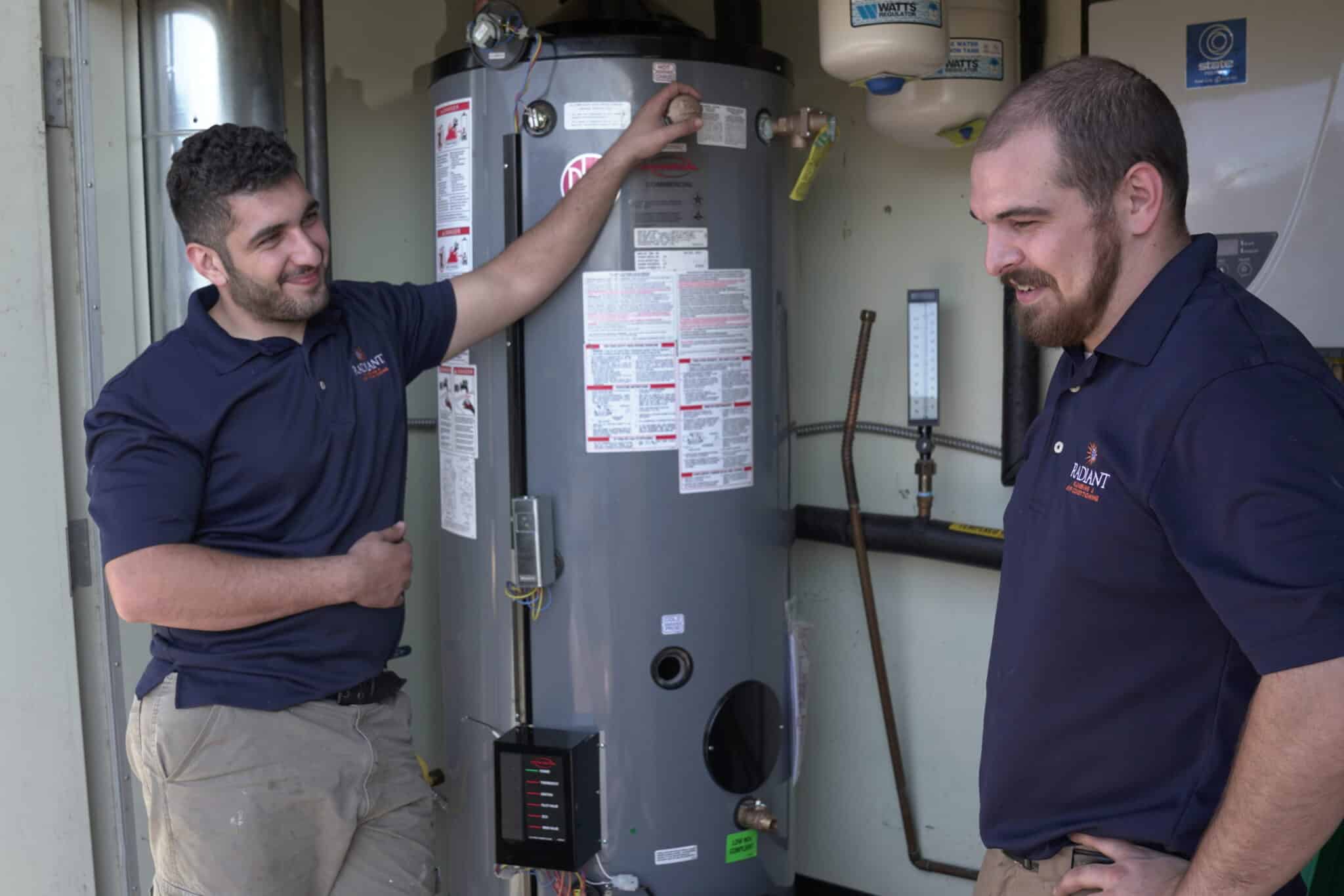How to Properly Maintain Your Home's Hot Water System
How to Properly Maintain Your Home's Hot Water System
Blog Article
We have stumbled upon this article about How to Maintain Your Water Heater & Prolong its Life listed below on the web and think it made good sense to discuss it with you here.

Warm water is necessary for everyday comfort, whether it's for a refreshing shower or washing recipes. To ensure your hot water system runs successfully and lasts longer, regular maintenance is vital. This article gives functional suggestions and insights on just how to keep your home's warm water system to prevent interruptions and expensive repair work.
Intro
Preserving your home's warm water system might seem complicated, but with a couple of easy actions, you can guarantee it runs smoothly for many years to find. This overview covers whatever from comprehending your warm water system to DIY upkeep suggestions and knowing when to employ professional aid.
Value of Maintaining Your Hot Water System
Normal maintenance not just extends the life-span of your hot water system yet also guarantees it operates effectively. Disregarding maintenance can bring about decreased performance, higher power costs, and even early failing of the system.
Signs Your Warm Water System Needs Maintenance
Recognizing when your warm water system needs interest can protect against major concerns. Look out for indications such as irregular water temperature level, unusual sounds from the heating system, or rusty water.
Recognizing Your Hot Water System
Before diving right into upkeep jobs, it's useful to comprehend the basic components of your hot water system. Commonly, this includes the water heater itself, pipes, anode rods, and temperature level controls.
Regular Monthly Upkeep Tasks
Normal month-to-month checks can aid capture small concerns prior to they intensify.
Purging the Hot Water Heater
Purging your hot water heater gets rid of debris build-up, enhancing effectiveness and lengthening its life.
Monitoring and Changing Anode Rods
Anode poles protect against corrosion inside the tank. Examining and changing them when broken is essential.
Examining and Changing Temperature Settings
Adjusting the temperature level setups makes sure ideal efficiency and safety and security.
DIY Tips for Maintenance
You can perform a number of upkeep jobs on your own to keep your hot water system in leading problem.
Looking for Leakages
On a regular basis check pipelines and connections for leaks, as these can cause water damage and higher bills.
Examining Stress Alleviation Valves
Checking the pressure relief valve ensures it functions correctly and protects against too much stress accumulation.
Protecting Pipes
Insulating warm water pipelines decreases heat loss and can conserve power.
When to Call a Specialist
While DIY maintenance is valuable, some concerns need professional expertise.
Facility Issues Calling For Expert Help
Instances include major leakages, electrical problems, or if your water heater is continually underperforming.
Routine Professional Upkeep Benefits
Specialist maintenance can include thorough examinations, tune-ups, and making sure compliance with security standards.
Final thought
Routine maintenance of your home's warm water system is important for performance, durability, and price savings. By adhering to these tips and understanding when to seek expert aid, you can guarantee a reliable supply of warm water without unanticipated disturbances.
How to Maintain an Instant Hot Water Heater
Before tinkering with your hot water heater, make sure that it’s not powered on. You also have to turn off the main circuit breaker and shut off the main gas line to prevent accidents. Also turn off the water valves connected to your unit to prevent water from flowing into and out of the appliance. 2. When you’re done, you have to detach the purge valves’ caps. These look like the letter “T†and are situated on either side of the water valves. Doing so will release any pressure that has accumulated inside the valves while at the same time avoid hot water from shooting out and burning your skin. 3. When the purge valves’ caps are removed, you have to connect your hosing lines to the valves. Your unit should have come with three hoses but if it didn’t, you can purchase these things from any hardware or home repair shops. You can also get them from retail stores that sell water heating systems. Read the user’s manual and follow it to complete this task properly. When the hosing lines are connected, open the purge port’s valves. 4. You should never use harsh chemical cleaners or solutions when cleaning your unit. Make use of white vinegar instead. It should be undiluted and you’ll probably use about 2 gallons. 5. Now flush your water heater. This task should probably take about 40 minutes. We can’t give you specific directions for this because the procedure is carried out depending on the type, model and brand of your heater. With that being said, refer to the user’s manual. 6. When you’re done draining the unit, you have to turn off the purge port valves again. Remove the hosing lines that you earlier installed on each of the water valves. Put the valve caps (purge port) back in their respective places and be very careful so as not to damage the rubber discs that are found inside these caps. 7. Now that everything’s back in place, check your user’s manual again to find out how to reactivate your water heating system. 8. Once it is working, turn one of your hot water faucets on just to let air pass through the heater’s water supply pipes. Leave the tap on until water flows smoothly out of it. https://www.orrplumbing.com/blog/2014/september/how-to-maintain-an-instant-hot-water-heater/
:max_bytes(150000):strip_icc()/how-to-drain-a-water-heater-2719055-hero-35f0548b0f1f42f0b13ba96a33ab8da2.jpg)
I ran across that post about Tips on Maintaining a Water Heater while exploring the search engines. Liked our piece? Please share it. Let other people discover it. We value reading our article about What Kind of Maintenance Do Water Heaters Need?.
Request Your Service Report this page